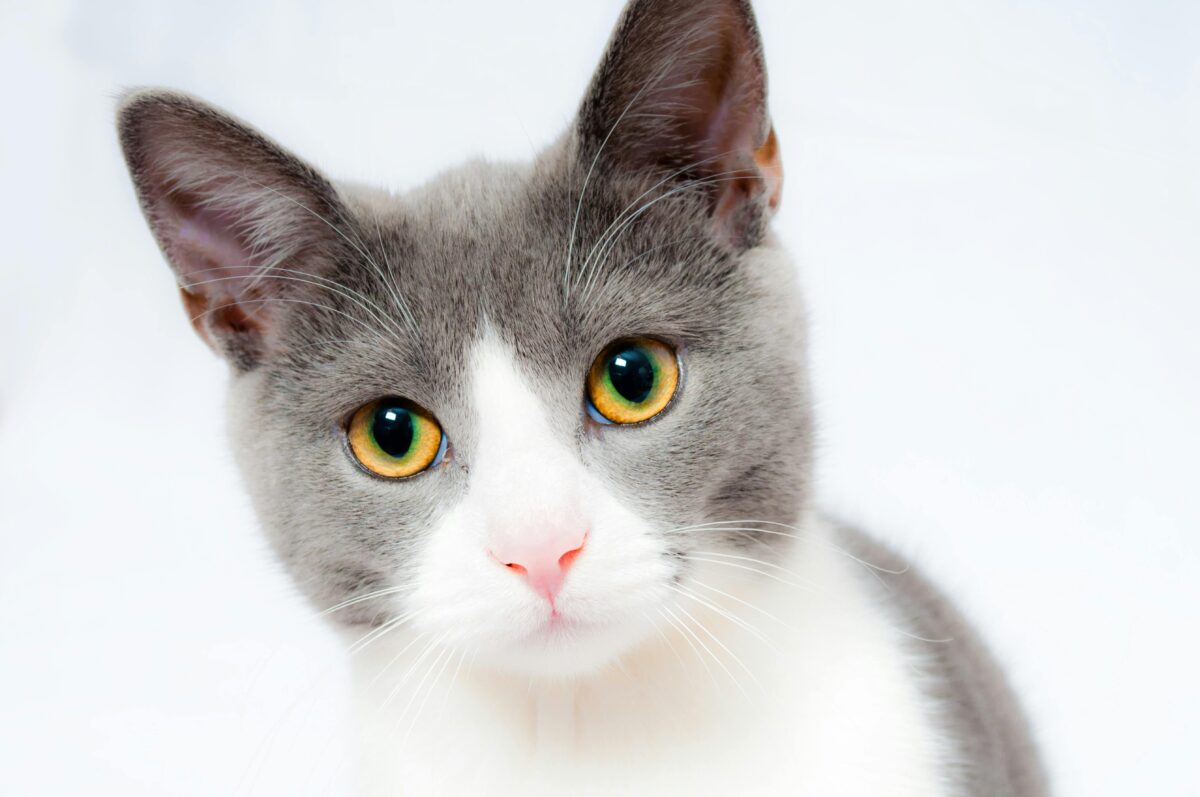Creating a cat-friendly home environment involves more than just providing a cozy bed and toys. For cat owners who also love plants, the challenge lies in selecting houseplants that are safe for feline companions. Many popular houseplants can be toxic to cats, leading to health risks. This article explores various cat-safe house plants, their benefits, and tips for integrating them into your home.
Understanding Toxicity in Houseplants
Before diving into cat-safe options, it’s essential to understand which plants can be harmful. Many common houseplants contain compounds that can cause gastrointestinal upset, lethargy, or more severe reactions in cats. The ASPCA provides a comprehensive list of toxic and non-toxic plants, making it easier for pet owners to make informed choices. Recognizing the signs of plant toxicity, such as vomiting or unusual behavior, is equally important for ensuring your cat’s safety.
Top Cat-Safe Houseplants
1. Spider Plant
The spider plant (Chlorophytum comosum) is a popular choice among cat owners due to its non-toxic nature. Its arching green leaves and small white flowers make it an attractive addition to any room. Spider plants are also known for their air-purifying qualities, helping to improve indoor air quality. They thrive in indirect sunlight and can tolerate a range of humidity levels, making them easy to care for.
2. Bamboo Palm
The bamboo palm (Chamaedorea seifrizii) is another excellent option for cat owners. This lush, tropical plant can grow quite tall and adds a vibrant touch to your home decor. Beyond its aesthetic appeal, the bamboo palm is effective at filtering out indoor pollutants. It prefers bright, indirect light and needs to be watered regularly but should not be allowed to sit in water to avoid root rot.
3. Boston Fern
The Boston fern (Nephrolepis exaltata) is a classic houseplant that is safe for cats. Its feathery, arching fronds create a lush, green display that can enhance any room. Boston ferns thrive in humid environments, making them ideal for bathrooms or kitchens. Regular misting and consistent watering are necessary to keep this plant healthy, as it prefers moist soil and high humidity.
4. Areca Palm
The areca palm (Dypsis lutescens), also known as the butterfly palm, is a beautiful addition to any home. This plant grows tall and has feathery fronds that sway gracefully, adding a tropical feel to your space. It is also known for its air-purifying properties. Areca palms prefer bright, indirect light and require regular watering, but they should be allowed to dry out slightly between
waterings to prevent overwatering. This makes them relatively easy to maintain while ensuring a safe environment for your cat.
5. Ponytail Palm
The ponytail palm (Beaucarnea recurvata) is a unique-looking plant that is safe for cats. Its bulbous trunk and long, curly leaves give it a distinctive appearance, making it a conversation starter in any home. This plant is drought-tolerant and thrives in bright, indirect light, making it an excellent choice for those who may forget to water regularly. The ponytail palm is also low-maintenance, requiring minimal care while adding a touch of greenery to your space.
6. Calathea
Calathea, also known as prayer plants, are known for their striking foliage and intricate patterns. These plants are non-toxic to cats and come in various varieties, each with unique leaf designs. Calatheas thrive in low to medium light conditions and prefer high humidity, making them ideal for bathrooms or kitchens. Regular misting helps maintain their vibrant colors, and they require consistent watering to keep the soil moist but not soggy.
Integrating Cat-Safe Plants into Your Home
Once you’ve selected your cat-safe plants, the next step is to integrate them into your home effectively. Consider the following tips for creating a harmonious living space:
Placement and Accessibility
When placing plants, consider your cat’s behavior. Cats are naturally curious and may be inclined to investigate or even nibble on plants. To reduce the risk of your cat disturbing the plants, place them on high shelves or in hanging planters. This not only protects the plants but also adds visual interest to your home decor.
Creating a Plant-Friendly Zone
Designate a specific area in your home for your plants. This could be a sunny windowsill or a dedicated shelf. By creating a plant-friendly zone, you can encourage your cat to explore and enjoy the space without the risk of them accessing harmful plants. Consider using decorative pots that complement your home’s aesthetic while ensuring that your plants remain safe and secure.
Maintenance Tips for Cat-Safe Plants
To keep your cat-safe plants thriving, regular maintenance is essential. Here are some practical tips:
Watering and Fertilizing
Each plant has unique watering needs, so it’s important to familiarize yourself with the requirements of your chosen species. Most cat-safe plants prefer well-draining soil and should be watered when the top inch of soil feels dry. Overwatering can lead to root rot, so always check the moisture level before adding water. Fertilize your plants during the growing season with a balanced, diluted fertilizer to encourage healthy growth.
Pruning and Repotting
Regular pruning helps maintain the shape and health of your plants. Remove any dead or yellowing leaves to encourage new growth and prevent disease. Repotting may be necessary every couple of years to provide fresh soil and more space for root growth. Choose a pot that is slightly larger than the current one, and use high-quality potting mix to promote healthy development.
With proper care and attention, cat-safe plants can thrive, bringing life and vibrancy to your living space without compromising your pet’s health.
